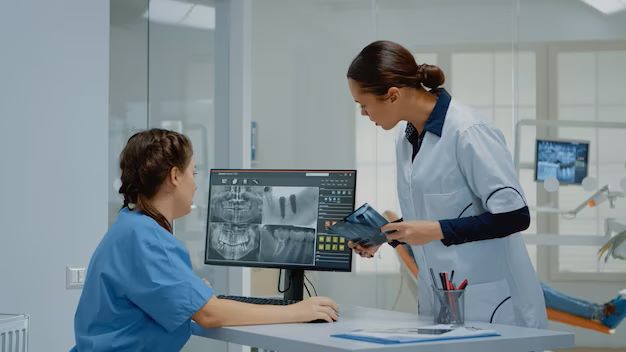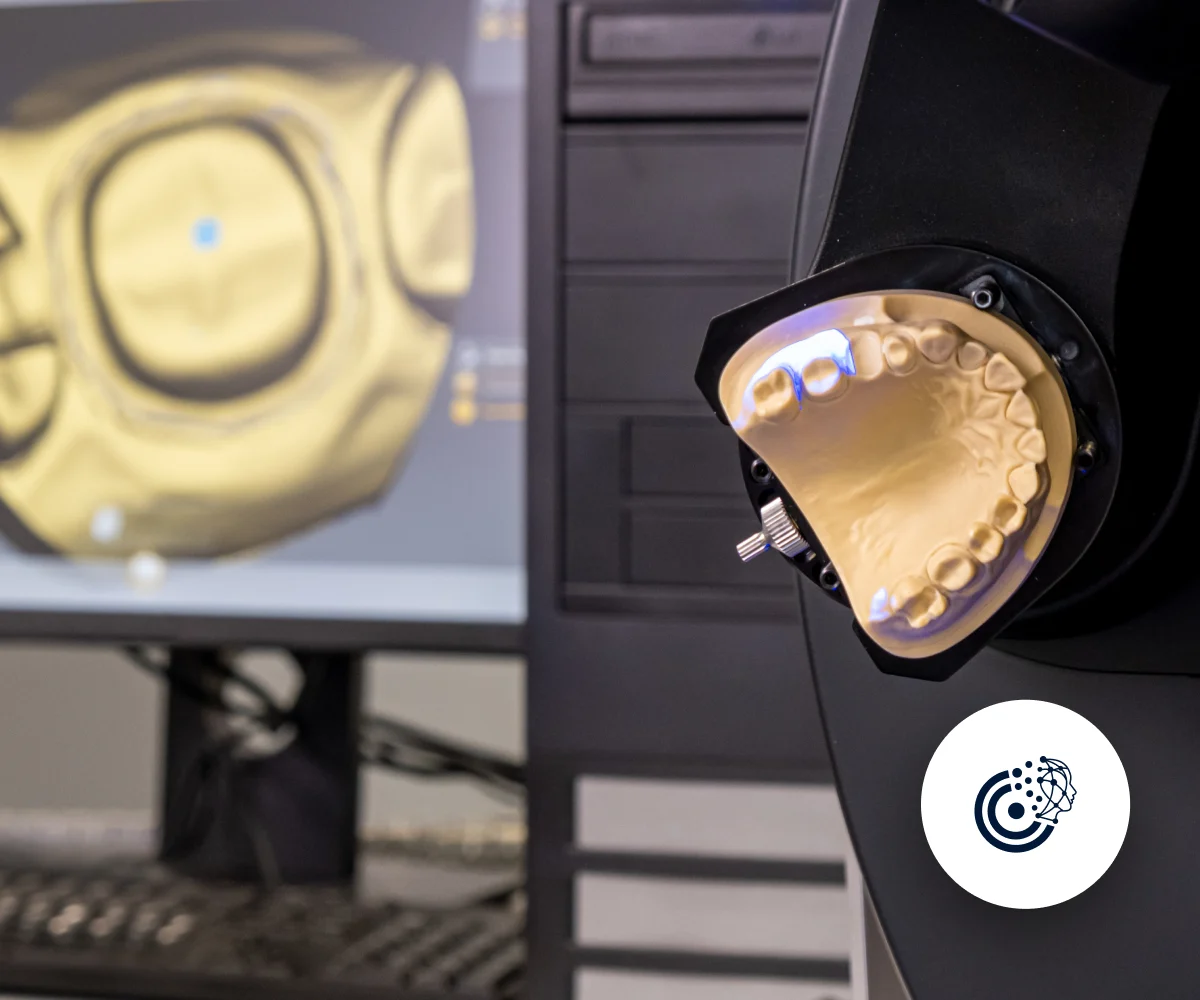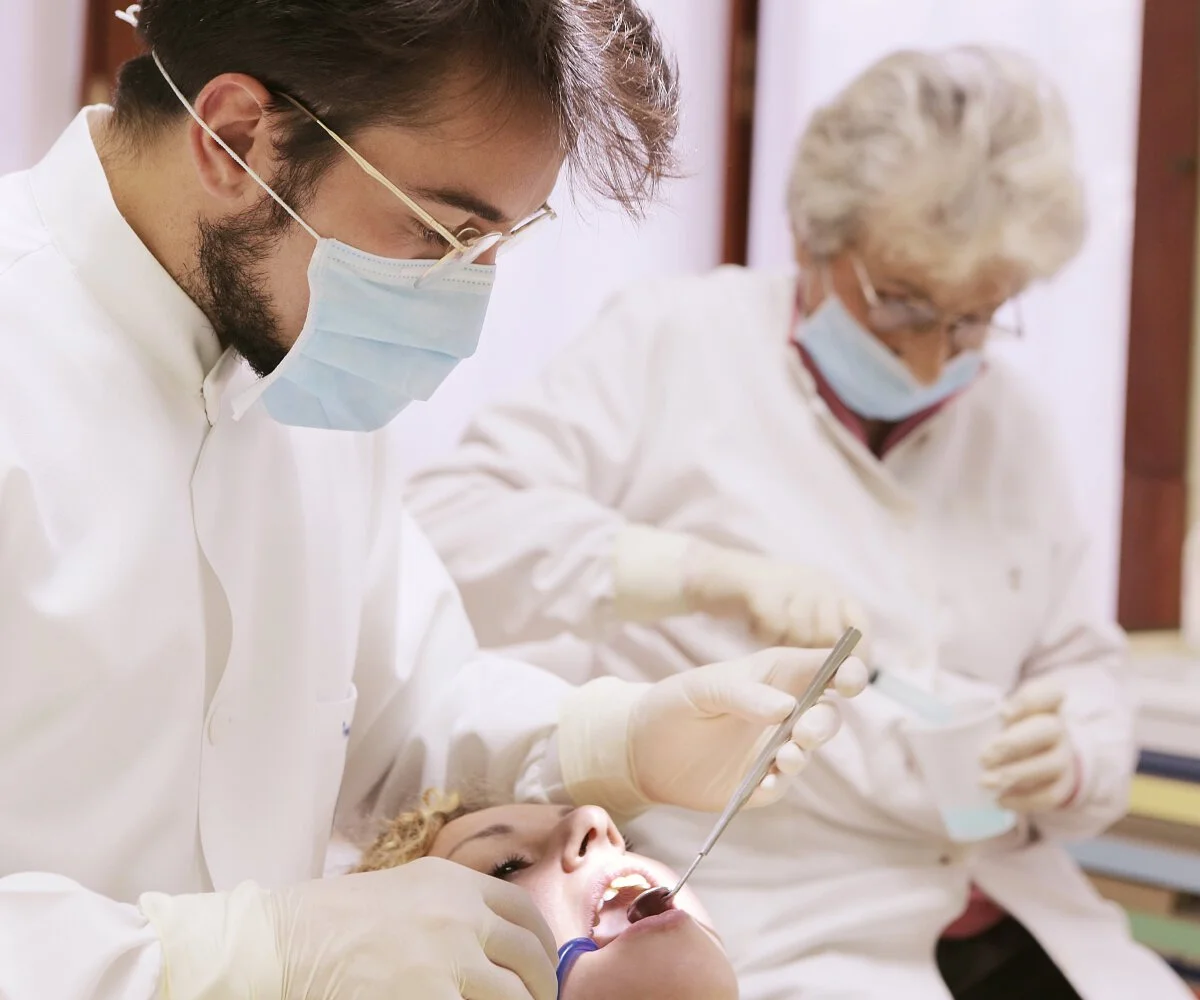Focus of Digital Transformation: Dental Analytics in Dentistry
1-Introduction
In the age of technology, the significance of digital transformation in the field of dentistry is increasingly paramount. This transformation not only enhances the quality of dental healthcare services but also ensures efficiency and patient satisfaction. Within this digital transformation in dentistry, dental analytics plays a crucial role.
2-The Impact of Digital Transformation on Dentistry
Traditional dental practices are undergoing significant changes due to the influence of digital technologies. This shift encompasses the integration of technologies such as dental analytics and insights. Advanced imaging techniques, 3D printing, AI-supported diagnoses, and dental KPI dashboards are transforming dental practice. These technologies facilitate more efficient management through specialized software like endodontic practice management software and also ease data sharing via cloud-based systems for open dental.
3-The Significance and Advantages of Dental Analytics
The use of dental analytics allows for a more in-depth analysis of dental practice and enables proper training by dental software instructors. Additionally, the efficiency of orthodontic practices can be enhanced through specialized software like top orthodontic software. These analytic tools provide dentists and clinics with the ability to deeply analyze patient data, thereby making informed decisions in treatment planning and execution.
4-Digital Data Management and Security
As part of digital transformation, dental practices should focus on digital data management and security. Through the use of dental software, patient health histories, treatment outcomes, and potential risks can be effectively tracked. Training provided by dental software instructors plays a significant role in ensuring data security within the practice during this process.
5-Clinical Applications of Dental Analytics
The clinical applications of dental analytics span a wide spectrum. For instance, through the analysis of patient data, risks related to gum diseases or dental decay can be identified beforehand. This facilitates early intervention, improving treatment processes, and preventing the progression of diseases.
6-The Role of Dental Analytics in the Future of Dentistry
In the future, the role of dental analytics in dentistry seems poised to expand further. AI-driven systems can be used to create personalized treatment plans by considering factors such as patients' genetic traits, lifestyle, and dietary habits.
.webp)
7-Benefits of Dental Analytics
Dental analytics find application in various areas of dentistry. Primarily, data such as digital intraoral images and X-rays are scrutinized by analytic algorithms. These analyses can aid dentists in determining decay risks, identifying gum diseases, and providing recommendations regarding oral hygiene.
Dental analytics also hold significant importance in implant and prosthetic treatments. Especially, 3D imaging and analysis methods allow for more accurate and successful implant placements. Dentists can examine the oral structure of patients in greater detail and determine the most suitable position for the implant.
Moreover, one of the most significant benefits of dental analytics is enabling the personalization of patients' treatment processes. Through data analysis and AI utilization, individual oral health needs and risks can be identified, leading to the creation of more effective and tailored treatment plans.
8-The Future Potential of Dental Analytics
The potential of dental analytics in the future could be extensive. For instance, amalgamating patients' oral and general health data with this technology could thoroughly examine the impact of oral health on overall health. Additionally, this data could be used to predict specific symptoms or risks associated with chronic illnesses.
As advancements in technologies like AI and machine learning progress, dental analytics might become capable of processing even more complex data. This would allow for more accurate diagnoses and the creation of more precise treatment plans.
9-Challenges and Solutions Faced by Dental Analytics
The utilization of dental analytics may encounter certain challenges. Particularly, processing and analyzing large datasets can be time-consuming and sometimes intricate. Furthermore, data security and privacy remain significant concerns. However, robust data encryption methods and appropriate data storage protocols can overcome these challenges.
10-The Importance and Innovation of Dental Analytics in the Clinic
Dental analytics serve as a significant source of innovation in modern dental practice. Within the clinic, these technologies enable faster and more accurate diagnoses. Particularly, AI-powered algorithms assist dentists by transforming vast amounts of data into meaningful and usable insights. This provides a deeper understanding of patients' conditions and improves treatment processes.
Dental analytics also play a pivotal role in preventive dentistry. Through data analysis, risks to oral health can be identified, and recommendations can be made to mitigate these risks. For instance, analyzing patients' oral hygiene habits can lead to recommendations for more effective hygiene practices.
These technologies also hold great potential in dental education and research. Students have the opportunity to merge theoretical knowledge with practical applications through the use of dental analytics. Additionally, these analytics offer substantial support to researchers in developing new treatment methods and improving existing ones.
The utilization of dental analytics in clinical settings can enhance patient satisfaction. Dentists can offer a more personalized approach and develop treatment plans that better cater to patients' needs, making the treatment process more meaningful and satisfactory.
With further advancements in dental analytics expected in the future, the proliferation of these technologies is anticipated. Specifically, advancements in mobile health applications and telemedicine may enable patients to monitor their oral health more effectively and communicate with dentists remotely.
11-The Societal and Economic Impacts of Dental Analytics
The use of dental analytics not only influences clinical applications but also has societal and economic effects. Primarily, with the widespread adoption of these technologies, disparities in access to oral health care could diminish. More effective diagnostic and treatment methods might aid individuals from different socio-economic backgrounds in accessing better health services.
Additionally, the use of dental analytics might lead to a long-term reduction in healthcare spending. Early diagnoses could lead to the preference for less invasive and cost-effective treatment options. This could reduce costs for both patients and healthcare systems.
12-Conclusion
The digital transformation in dentistry is rapidly progressing alongside the use of dental analytics. These technologies enable more effective, personalized, and accurate planning and implementation of treatments in patient care. With further advancements in dental analytics, the practice of dentistry is poised to advance in a more efficient and patient-centered manner in the future.





 Contact Us
Contact Us

